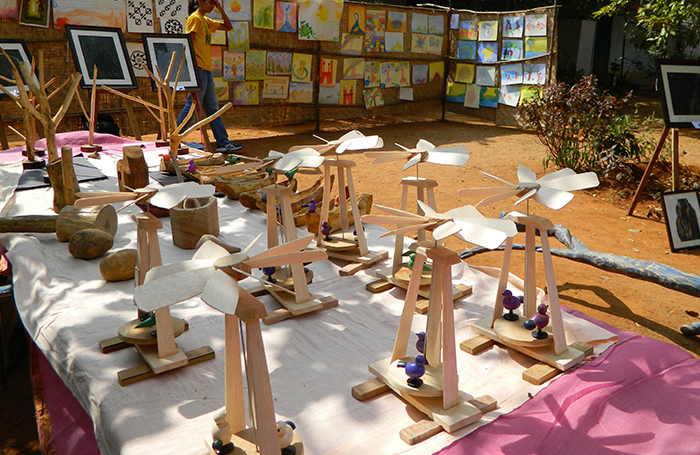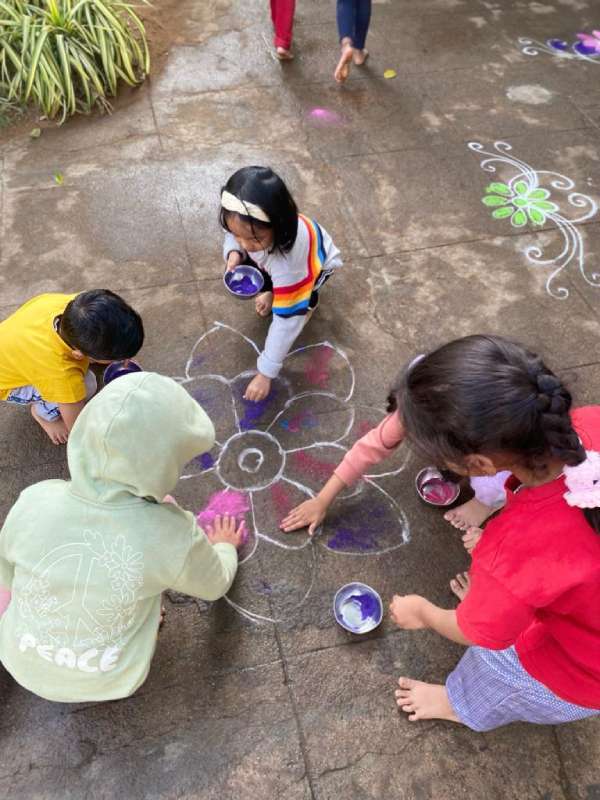
Curricular and extracurricular activities throughout the grades often involve art, poetry, form-drawing, music, and drama as learning tools. Students also participate in workshops with renowned artists, inter-school festivals, and creative collaborations that occur in the Art and Music Rooms. Visitors to the school can’t miss the walls lined with beautiful paintings created by students of all ages, and one might hear a melody or two echoing in the corridors on most days.
Waldorf schools value the artistic process as much as the final result, creating room for self-expression and exploration. The practice of unique art forms like wet-on-wet painting, veil painting, calligraphy, charcoal drawing, printing, etc. instil a sense of wonder and individuality in children. They translate into invaluable qualities that accompany them throughout their lives, nurturing a capacity to think creatively and empathetically, and to pay attention to the details.
This is why art is not merely an extracurricular pursuit at Sloka; it is also woven into the way lessons are presented in the classroom.
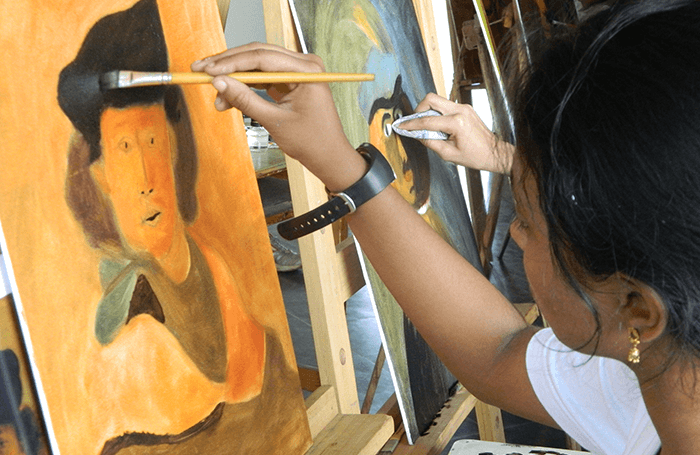
Painting lessons at Sloka go beyond mere technique, focusing on the inner expression of the child’s soul. Children are encouraged to use vibrant colours and explore various mediums. Through this process, they develop their emotional balance and a sense of aesthetics. Waldorf painting lessons often integrate storytelling, blurring the borders between artistic expression and the child’s inner world.
Music and Dance are an integral part of the curriculum throughout the school. From the first grade, children sing and play the descant recorder, moving to the alto in middle school. Children are introduced to Indian Classical music, folk music, and Western music. Children from Grades 2 to 5 learn folk dance and those from 6 to 10 practice instrumental music. The school houses an array of instruments such as the recorder, tabla, drums, piano, and dholak.
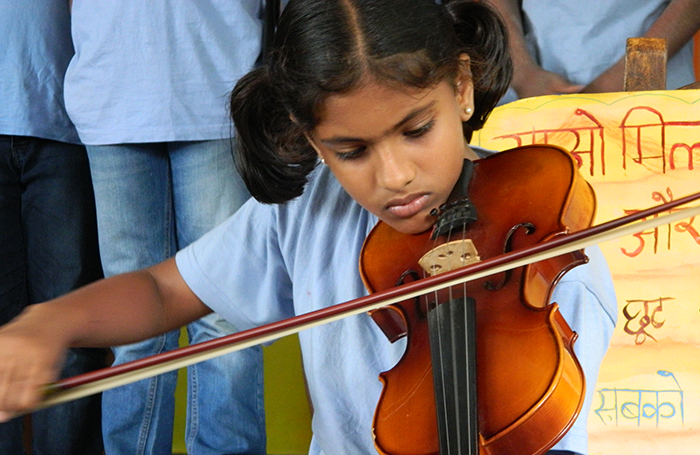
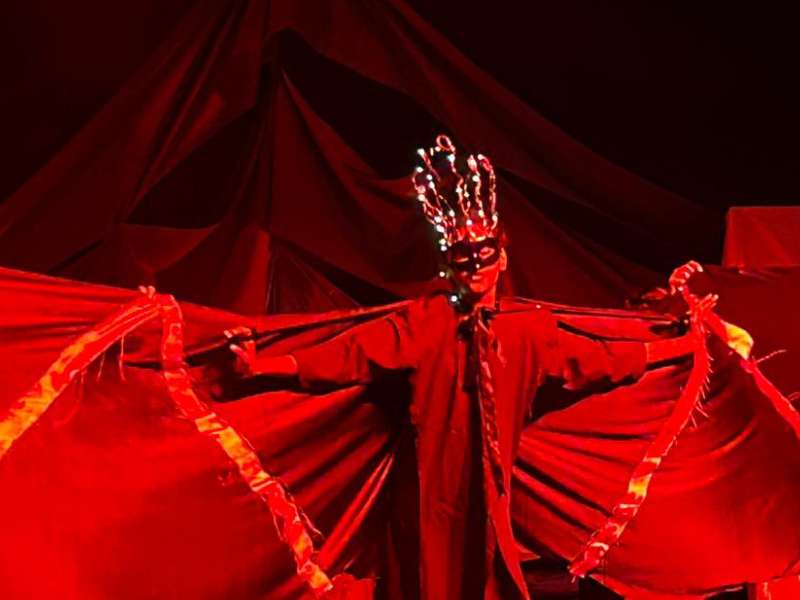
Waldorf schools the world over stage a major play during Grade 8, which allows the students to shape their emotions while still under the protective mask of a role in a play. The children put in a lot of effort into designing their costumes, props and rehearsing the delivery of their dialogue. This experience gives them self-confidence and a sense of achievement.
Eurythmy is an artistic movement discipline developed by Rudolf Steiner, the founder of the Waldorf movement. Defined as ‘visible sound’, the alphabet appears in specific sound gestures in Eurythmy, as do the tones and intervals of music. Group choreography is drawn from forms found in nature, such as spirals, stars and figure eights.
In older grades, complicated geometric forms are pursued in work with larger groups. Children develop the ability to move with an entire group in increasingly complex forms. This promotes greater spatial and social awareness, flexibility, and an inner calmness.
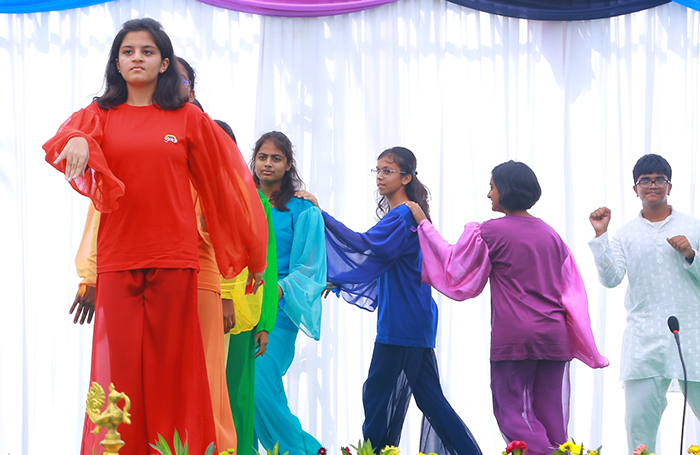
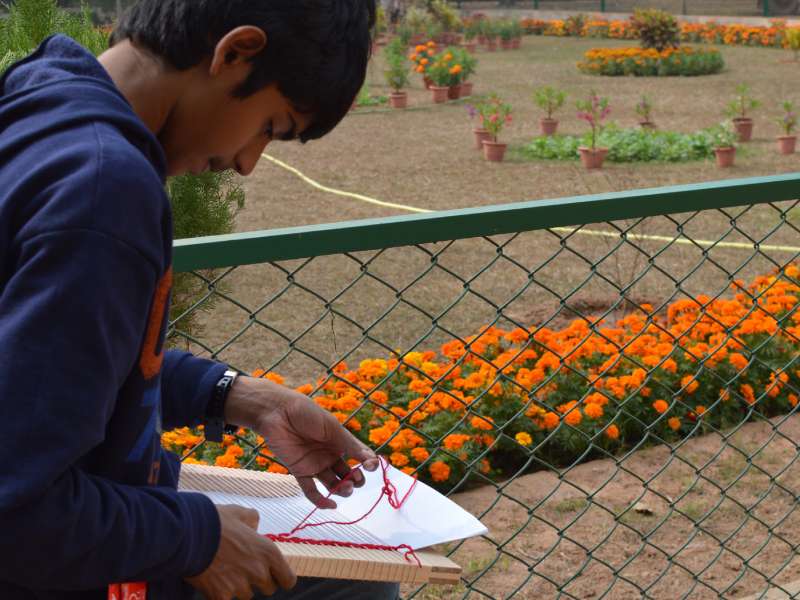
Handwork skills are important in Waldorf education because this activity develops fine motor coordination and increases the student’s ability to concentrate on the task at hand. Children learn to knit in first grade, to do purl knitting patterns in second grade, and to crochet in the third grade. They move on to more advanced work, eventually learning to sew their own aprons and kurtas. From this handwork, children come to appreciate the effort and skill required to make something that is not only useful but also beautiful.
Woodworking is introduced in the fifth grade. Using hand tools like the chisel and the whittling knife, students create functional, beautiful objects, including toys, spoons, and bowls. At the end of four years of Woodwork study, each Grade 8 student creates a significant wooden object. They then move on to working with metal, stone, and other media.
